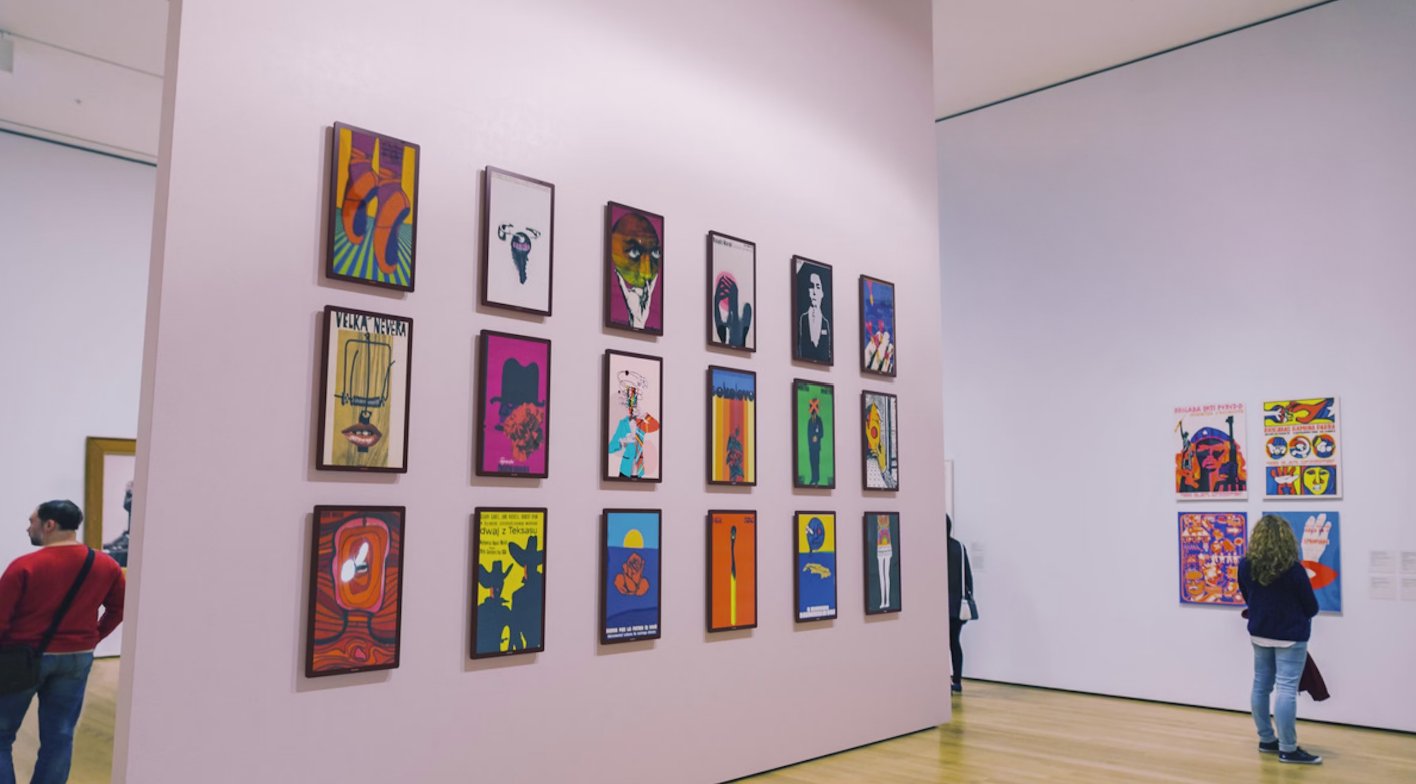In a world filled with glowing screens and high-energy displays, E Ink is taking a different path—one that prioritizes clarity, sustainability, and energy efficiency. Instead of relying on brightness and backlight to make an impact, E Ink displays stand out in places where thoughtful design and real-world functionality matter most.
From city streets to college campuses, transit stops to retail shelves, here’s how E Ink is quietly shaping the next generation of display experiences.

Source: Soofa
Modernizing City Communication
Modern cities are looking for smarter ways to inform and engage the public without adding infrastructure strain or visual noise. Across the U.S., solar-powered digital kiosks are leveraging E Ink technology to provide real-time information about weather, transportation, events, and public services.
These displays, used in places like Soofa installations, deliver exceptional readability under direct sunlight, and require power only when content changes. That means they can operate for weeks on minimal solar input, aligning seamlessly with municipal goals for energy efficiency and carbon reduction.

Source: Philips
Transforming Campus Environments
In educational settings, the need for engaging communication often clashes with sustainability goals. At Duquesne University, a new approach is taking shape with digital posters that use E Ink's full-color technology to replace traditional signage.
The Philips Tableaux ePaper displays are installed in high-visibility areas around campus, offering students and visitors updates on events, campus services, and branded content. Because they only draw power when updating the display, they offer significant energy savings over legacy backlit screens without compromising visual impact or architectural design.

Source: Papercast
Smarter Transit Experiences
Public transportation demands displays that are both rugged and readable, regardless of weather, lighting, or power availability. That’s why transit authorities worldwide are adopting E Ink-based signage to deliver real-time updates at bus stops and transit hubs.
Systems like those deployed by Papercast use solar power and wireless connectivity to keep passengers informed about schedules and service changes, even in remote or infrastructure-limited areas. With no need for grid power or frequent maintenance, these signs offer a reliable, scalable solution to modernizing public transit communication.

Source: E Ink
Retail That’s More Agile and Efficient
In retail, Electronic Shelf Labels (ESLs) are revolutionizing the way stores manage pricing and promotions. Using E Ink, these labels provide sharp, paper-like displays that are easy to read from all angles and under various lighting conditions.
Retailers can instantly update thousands of shelf tags from a central system, with no printing, no plastic waste, and no manual re-labeling. Because the displays only consume power when updated, ESLs dramatically reduce the energy footprint of in-store signage while improving pricing accuracy and flexibility.
A Quiet Revolution in Display Technology
While flashy, high-consumption screens dominate headlines, E Ink is quietly powering a different kind of transformation—one rooted in efficiency, readability, and real-world value. Whether it’s delivering transit updates without a grid connection, modernizing academic signage, enabling smart cities, or future-proofing retail, E Ink is enabling technology that fits seamlessly into the fabric of everyday life.


Leave Comment